Are you trying to figure out how many years your modular home will actually stand strong? Perhaps friends or online forums tossed around different numbers, leaving you confused. Nobody looks forward to hidden repairs or premature aging of their house. The good news?
Most factory-built modular homes stand strong for about 50 to 80 years before any major structural work is required. Their true longevity depends on solid foundation prep, sealed roof and wall joints, climate-appropriate materials, and regular inspections that catch small issues early.
When you give your modular house regular maintenance and add a couple of sensible upgrades, it can remain sturdy for many years. This guide shows straightforward ways to guard your home now so it enjoys a much longer, healthier life. So, keep reading!
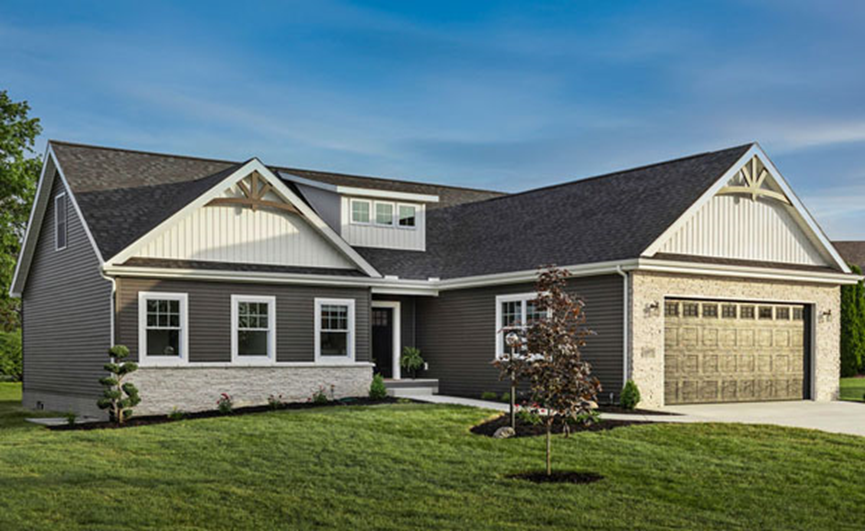
1) Average Lifespan of Modular Homes
You may be thinking how long a modular house actually lasts. On average, these homes stay solid for fifty to eighty years. Because they meet strict codes and are made in a factory, they hold up well over time. On top of everything else, these houses usually carry a builder’s warranty.
That promise assures you the structure should hold up for ten to twenty-five years. Because of that, you can relax a bit and not lose sleep over major repairs right away. Now we will discuss why these houses keep standing for decades.
They are made inside a climate-controlled factory, not out in the rain. That lets crews stay focused and check every detail. It also shields steel, wires, and walls from storms and mold. As a result, early defects are far fewer. So yes, a modular house is a smart, long-term option for you.
2) Key Factors That Influence Service Life
Several factors influence the lifespan of modular housing. Well, in this section, we will examine each one, step by step:
i) Material and Build Quality
First off, the choice of materials and overall build quality matter a lot. Builders use sturdy stuff like engineered wood and thick 2×6 walls. On top of that, the work happens inside a factory with dry, controlled air. That dry environment shields the wood and other components from moisture and damage from the very beginning.
ii) Foundation and Site Preparation
After the frame goes up, a solid base really matters. Some houses sit on full basements, others rest on piers. Whatever the choice, careful site work is essential. Soil must drain quickly and stay dense under load. Doing that stops shifting and limits water damage for years.
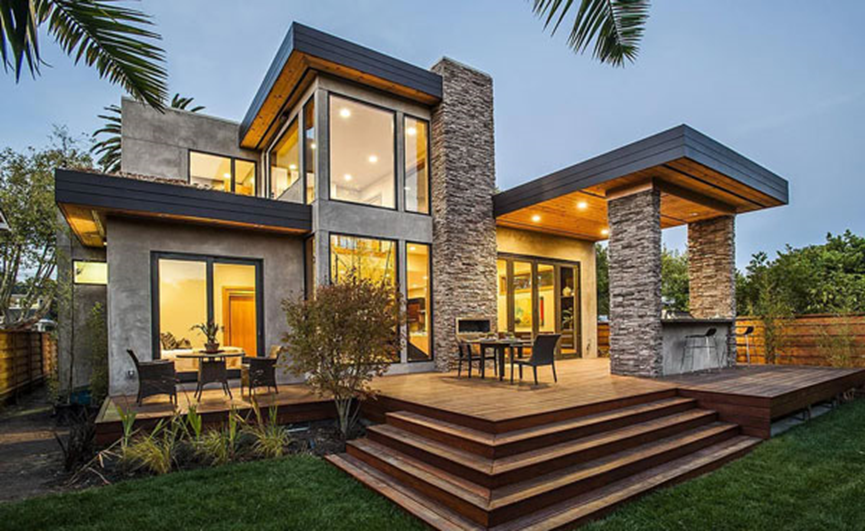
iii) Climate and Location
Before you pick a site, consider the local weather. In frigid regions, freeze-thaw cycles chip away at walls and roofs. Coastal spots tell a different story- salty air slowly eats away at metal parts. Where you plant your house will shape its lifespan.
iv) Installation Workmanship
The quality of the set-up matters just as much as the materials. Experienced crews use cranes to place each section with great care. They then seal the marriage lines so tightly that wind and water have nowhere to enter. When that seal holds, the house resists leaks and drafts, helping it stay solid for years.
v) Routine Maintenance
Most importantly, stay on top of upkeep. Keep an eye on the roof, siding, HVAC, and door or window seals. Catching tiny issues early stops them from getting huge later. Regular care helps your modular house stay sturdy and good-looking for decades.
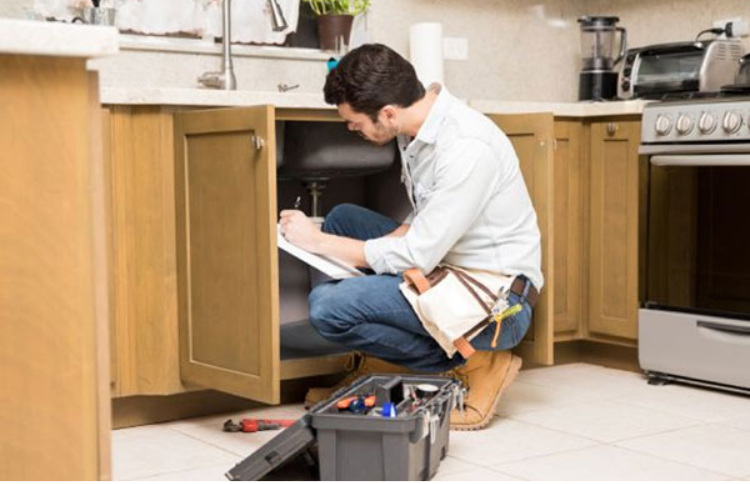
3) Maintenance Tips to Extend Lifespan
If you want your modular house to stick around for years, routine upkeep really matters. Here we will discuss the practical tips to extend the lifespan of a modular home:
- Reseal the Roof and Joints Every Spring: Every spring, take a look at the roof flashing and the marriage line seams, then add fresh sealant. Doing this simple check stops water from sneaking in and keeps leaks at bay.
- Keep Gutters and Soil in Good Shape: Next, keep your gutters squeaky clean all year. That way, rain slides off the roof and dumps far from the house. You should also tilt the dirt around the foundation about 5 percent outward. Doing so stops pools from forming and pushing on the concrete.
- Take Care of Your HVAC System: Don’t forget to swap your HVAC filters every three months. Have the ducts cleaned every two years. These small chores keep your indoor air fresh and let the system run smoothly.
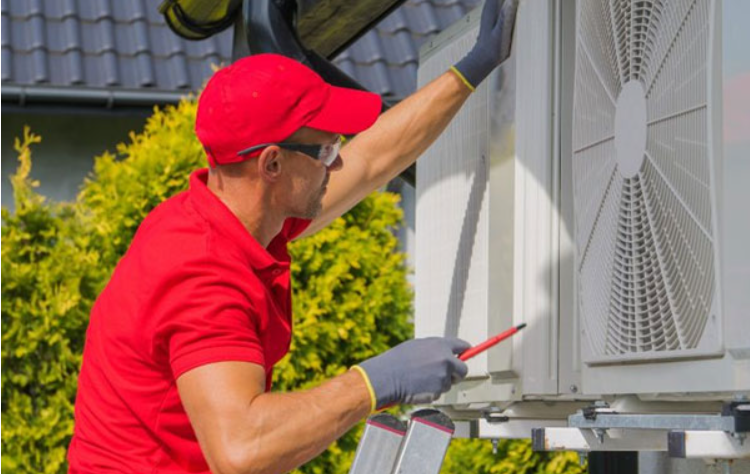
- Maintain Siding Regularly: About every six to eight years, remove old caulk and give the siding a fresh coat of paint. Doing so guards your house against rain and sun while keeping curb appeal high.
- Check Piers and Straps: When your house rests on piers, look at them once every five years. In regions where the ground moves, you might have to slide in new shims or tweak the metal straps. Doing so keeps the house level and reduces safety risks.
Firms such as Space Capsule House build sturdy modular houses so you can settle into genuine comfort, dependable safety, and real long-term value.
4) Longevity Upgrades and Retrofits
If you want your modular house to hang on for years and keep looking fresh, you can sprinkle on a few smart upgrades. These quick tweaks can help the shell stay sturdy, trim energy bills, and sidestep headaches. Here we will discuss some top ideas:
a) Upgrade Your Roof
A quick, smart upgrade is to improve the roof above your head. Many older homes still carry plain 3-tab shingles. Those thin panels wear out fast, letting leaks start early. Swap them for metal sheets or 50-year architectural asphalt.
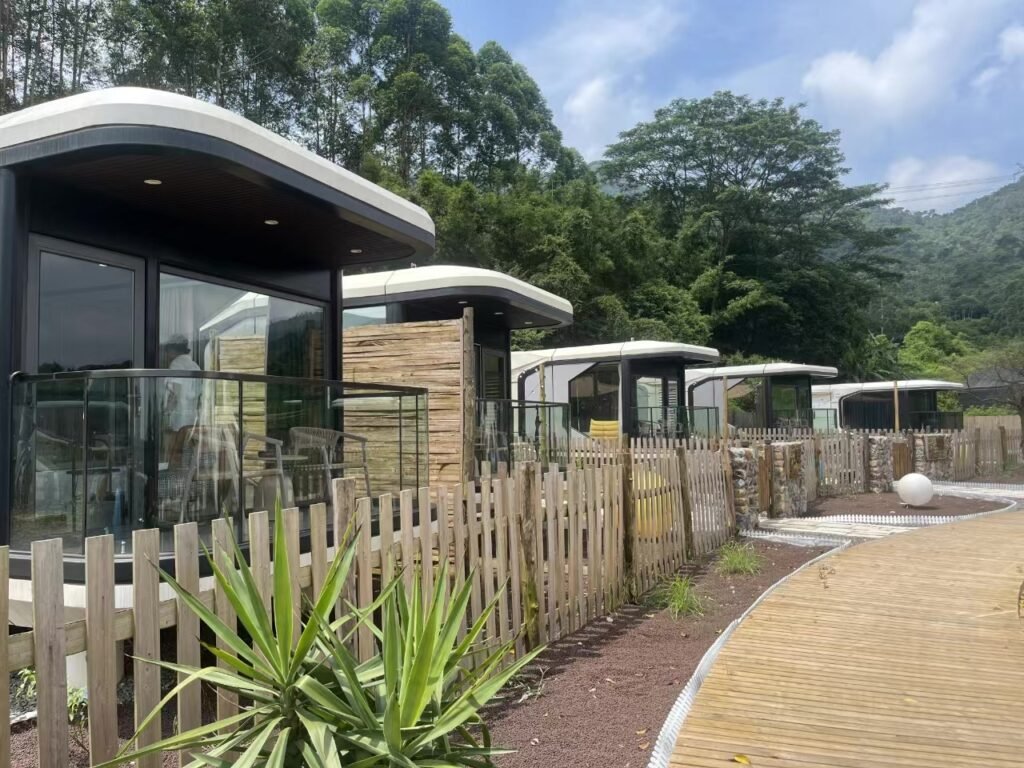
Both hold up far longer and guard your loft from driving rain, wind, and snow.
b) Add More Insulation
After that, give your house a boost with more insulation. Loose-fill insulation in the attic acts like a cozy blanket, trapping warmth in winter and keeping cool air inside in summer. You can also spray foam along the rim of the narrow band where the floor meets the wall.
That seals tiny cracks, blocks drafts, and trims energy costs.
c) Install Better Windows and Seals
Another solid upgrade is to swap in triple-pane windows. The extra glass layer slows down cold, heat, and everyday noise. Pair that with fresh weatherstripping on doors and frames. Sealing those small gaps keeps the inside air steady and comfy.
d) Use Smart Sensors for Early Warnings
Finally, think about adding smart sensors around the house. These little gadgets spot leaks, excess moisture, or even tiny movements in the walls. They ping your phone with a warning, letting you tackle the issue early-instead of waiting for a costly repair.
FAQs
Not quite. A modular house is one kind of prefab dwelling. The term prefab simply means the house starts life in a factory. Builders make big interlocking sections-modules-that travel to the lot for assembly.
Panelized units and manufactured homes also fall under the prefab umbrella. Yet every modular unit is prefab, while not every prefab unit is modular.
Conclusion
In short, a well-made modular home might hold up for fifty to eighty years-or even beyond. That number really depends on its original build quality, the local climate, and the day-to-day upkeep you give it.
The good news is that steady upkeep and a few thoughtful upgrades can keep your house standing tall for quite a while. At Space Capsule House, we build solid modular homes that last, giving you everyday comfort and lasting peace of mind.


